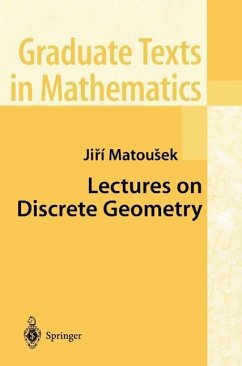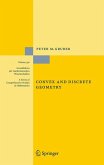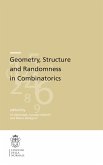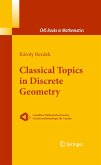Dieser Download kann aus rechtlichen Gründen nur mit Rechnungsadresse in A, B, BG, CY, CZ, D, DK, EW, E, FIN, F, GR, HR, H, IRL, I, LT, L, LR, M, NL, PL, P, R, S, SLO, SK ausgeliefert werden.
"Discrete geometry is not quite a newcomer on the stage of mathematics. ... The book under review covers ... a gap in the pedagogical literature, providing an expository treatment of a wide range of topics in discrete geometry, without assuming too many prerequisites from the reader. ... it will be ideal to be used both as a textbook and for self-study. ... In fact ... this book can be used as a 'mathematical companion' to a textbook on computational geometry ... ." (Paul A. Blaga, Studia Universitatis Babes-Bolyai Mathematica, Vol. XLVIII (1), March, 2004)
"Matousek's excellent new book concerns discrete geometry. ... The style is clear and pleasant; things are streamlined and collected in one place, and are explained on simple, concrete examples. ... a final chapter on 'What was it about? An informal summary' was an innovation that I found to be an excellent idea. Lectures on discrete geometry is a splendid book. I recommend it both to students and researchers in the field, as well as to those who like mathematics for its own inherent beauty." (Imre Bárány, Bulletin of the London Mathematical Society, Issue 35, 2003)
"This book is primarily a textbook introduction to various areas of discrete geometry. In each area, it explains several key results and methods, in an accessible and concrete manner. It also contains more advanced material in separate sections, and thus, it can serve as a collection of surveys in several narrower subfields." (L'ENSEIGNEMENT MATHEMATIQUE, Vol. 48 (3-4), 2002)
"This is an introduction to the field of discrete geometry understood as the investigation of combinatorial properties of configurations of (usually finitely many) geometric objects ... . The book is written in a lively and stimulating but very precise style and contains many figures. It gives a good impression of the richness and the relevance of the field." (Johann Linhart, Zentralblatt Math, Vol. 999 (24), 2002)









